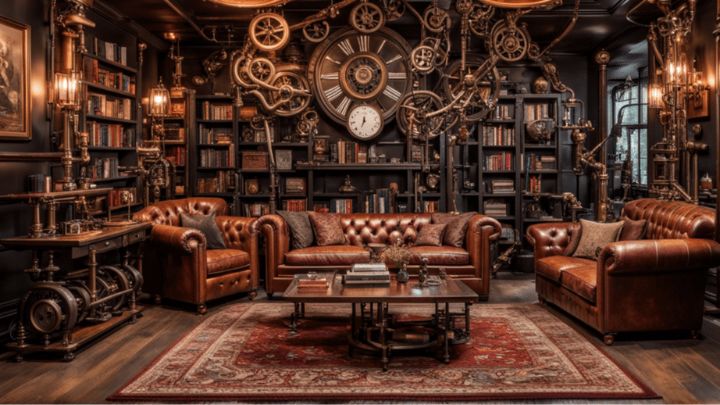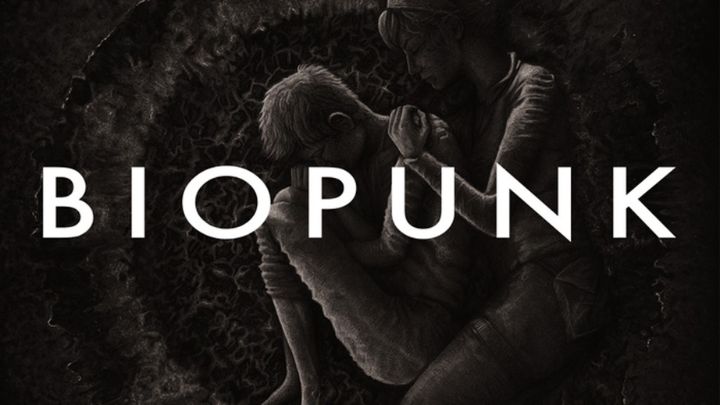Top 8 of the worst Steampunk medical instruments
If you love ancient medicine as we do, then anything from the Victorian era will seem atrocious. The Victorian era reminds us of simpler times, when social media, smartphones, and consoles hadn't invaded our lives.
However, we can all agree on how well the history of medicine has evolved. Can you imagine having an operation without anesthesia and being forced to stand still without screaming?
Here is a list of the best surgical instruments used in the past. They will make your blood run cold for sure!
1. The Osteotome

Used as a hand-cranked surgical saw on patients' skulls. This somewhat brutal instrument was used as an alternative to penetrating the bone marrow without damaging the surrounding tissue. Doctors had to turn the handle to make the blade turn.
2. The guillotine with tonsils or rather the tonsillectomy

Already painful in our time, tonsils removal leaves some after-effects such as a burning throat afterward. The instrument allowed a doctor to penetrate a patient's throat, piercing the tonsil with a fork. In the late 19th century, a local anesthetic in cocaine was injected before the guillotine was used. The instrument was a boon to physicians, who had previously risked being bitten by putting their fingers in a patient's mouth.
However, it should be noted that although this operation was already widely practiced at the time, it is less and less performed today.
3. The Crusher

The crusher was an instrument of choice to remove hemorrhoids and other growths, tumors, polyps, and cysts in the esophagus, larynx, uterus or ovaries. The loop at the end of the instrument could be a sawtooth chain or a simple wire and was used to strangle and crush the growth. This prevented hemorrhage by limiting the flow of blood, acting as a tourniquet!
4. The dental key

The dental key allowed doctors to pull out the patient's teeth with the claw at the end of the instrument. The tooth was extracted from the gum without anesthesia by adding or turning the key. It is no wonder that people delayed dental treatment as long as possible. There were sometimes dental infections after their extraction for those who underwent the treatment.
5. Anti-masturbation device

This is part of a male anti-masturbation device from the late 19th century. This device is attached to a belt and was worn by boys to prevent them from "sinning" when they had masturbation urges.
6. The Skull Saw

This blade, designed like a chainsaw, was created to see through skull sections. The blade was used to remove bone fragments to allow access for other instruments. Fortunately, today, surgical doctors use adapted grinders, all performed under general anesthesia.
7. The surgical amputation knife

This is the official symbol of the apprentice surgeon. It was the favored tool for 18th-century surgeons who preferred to cut the skin and muscle before amputating the bone.
8. The Leucotome

This steel instrument is commonly used to perform lobotomy and leukotomy. The leucotome was inserted into the patient's eyes through the tear duct and then lightly hammered into the thin layer of bone with a surgical mallet. It was then pushed into the frontal lobe of the patient's brain about 1.5 cm and moved back and forth. The process was repeated in the other eye to complete the frontal lobotomy. This procedure aimed to find and solve the individual's behavioral problems.
The scary thing is that it is not such an early invention since it was invented in 1967.
If you like to thrill and discover other hideous medical practices, we advise you to read this blog article about Plague Doctors, fearsome characters of the Middle Ages!
Want to know more about the Steampunk world? Discover our unique Steampunk store and go back in time!





Leave a comment